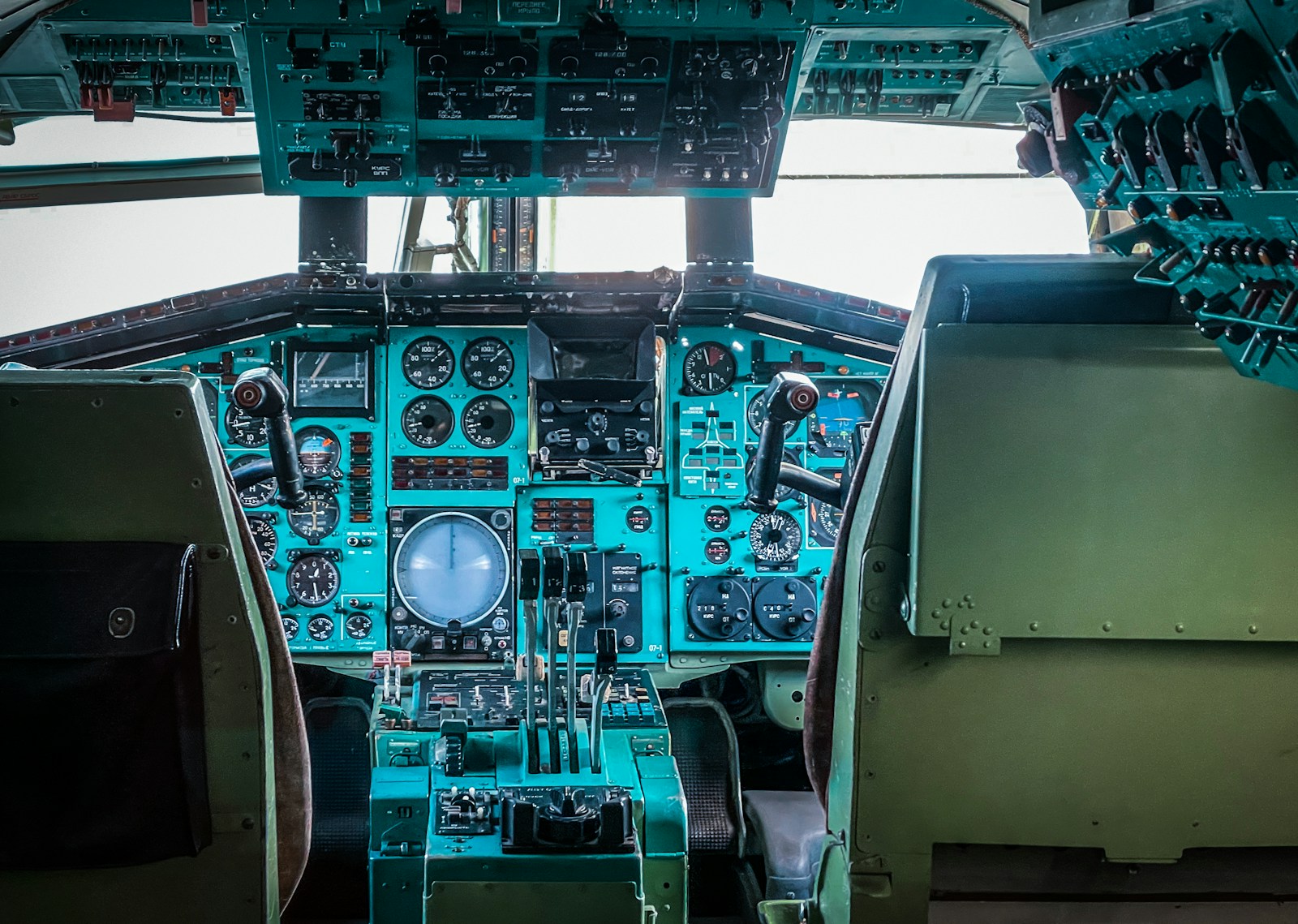Ever glanced up at a passing plane and marveled at the remarkable journey of innovation that hoisted it into the heavens? If so, buckle up because we’re about to embark on an exhilarating expedition through the captivating realm of aviation equipment, from the early days to the now, with suppliers like Pilot John International leading the way.
The Early Bird Gets the Canvas and Wood
Cast your mind back to the early 20th century, an era when aviation was in its fledgling stage. Picture intrepid aviators taking to the skies in contraptions fashioned from canvas and wood. These daring pioneers relied on rudimentary yet ingenious equipment to navigate the wild blue yonder, often armed with nothing more than a compass and a map.
Key Elements:
- Canvas wings stretched over sturdy wooden frames.
- Open cockpits exposed to the whims of nature.
- Basic instruments like altimeters and airspeed indicators. Though primitive by today’s standards, these early aircraft laid the groundwork for the awe-inspiring advancements yet to come.
Warriors of the Sky: Metal and Propellers
Enter the tumultuous era of World War I, igniting a frenzy of innovation in aviation technology. Engineers delved into new materials such as aluminum and steel, birthing aircraft of unprecedented strength and durability. Propeller designs were honed for enhanced efficiency and velocity, paving the runway for swifter and more agile planes.
Notable Breakthroughs:
- Introduction of monoplanes for superior performance.
- Adoption of rotary engines for increased horsepower.
- Development of synchronized machine guns for aerial combat. The crucible of wartime spurred a renaissance in aviation equipment, birthing innovations that would shape the future of flight.
The Golden Age: Piston Engines and Pressurized Cabins
With the dust settling after World War II, aviation embarked on a golden age of expansion. Commercial air travel became more accessible and comfortable, courtesy of advancements in piston engine technology and pressurized cabins.
Hallmarks of the Golden Age:
- Advent of the jet engine, propelling air travel into the supersonic realm.
- Refinement of radar and navigation systems, ensuring safer journeys.
- Proliferation of air routes and the ascent of commercial airlines. Passengers could now traverse vast distances in record time, heralding a new era of global interconnectedness.
The Jet Age: Breaking the Sound Barrier
The latter half of the 20th century witnessed the dawn of the Jet Age, marked by the widespread adoption of jet-powered aircraft and groundbreaking technological leaps.
Revolutionary Milestones:
- Introduction of supersonic marvels like the Concorde, redefining the limits of speed.
- Implementation of fly-by-wire technology for precise aerial maneuvers.
- Advancements in avionics and computerized flight systems, elevating safety standards. These innovations not only accelerated air travel but also reshaped the very essence of aircraft design and operation.
Modern Marvels: Carbon Fiber and Glass Cockpits
Fast forward to the present day, where aviation equipment stands at the zenith of sophistication. Lightweight wonders like carbon fiber have revolutionized aircraft construction, yielding planes that are both fuel-efficient and eco-friendly.
Cutting-Edge Features:
- Integration of advanced avionics and intuitive touchscreen displays.
- Adoption of remote monitoring and predictive maintenance systems.
- Introduction of autonomous and electric aircraft prototypes, heralding a new era of sustainable aviation. Today’s pilots wield a plethora of state-of-the-art technology, enhancing safety, efficiency, and comfort for all aboard.
Charting a Course for a Sustainable Future
Peering ahead into the future of flight, one thing rings clear: sustainability reigns supreme. With mounting concerns over climate change and carbon emissions, the aviation industry is charting a course towards eco-friendly alternatives to traditional fuels.
Future Horizons:
- Expansion of biofuel and hydrogen-powered aircraft, minimizing environmental impact.
- Integration of renewable energy sources like solar and electric propulsion.
- Continued advancements in aerodynamics and materials science, paving the way for greener skies. By embracing innovation and sustainability, the aviation industry is poised to soar towards a brighter, more efficient tomorrow.
In Conclusion: The Sky’s the Limit
As we cast our gaze towards the horizon, let us heed the lessons of yesteryears and forge ahead, pushing the boundaries of possibility. Whether charting new frontiers or treading lightly upon the Earth, the limitless expanse of the sky beckons us onward.
AQs: Navigating the Skies of Knowledge
- What are the most significant advancements in aviation equipment? Over the years, aviation equipment has witnessed a multitude of groundbreaking advancements. Notable milestones include the advent of jet engines, the refinement of fly-by-wire technology, and the introduction of pressurized cabins for commercial flights.
- How has aviation equipment evolved to enhance safety? Aviation equipment has undergone significant evolution to bolster safety measures for pilots and passengers alike. Modern aircraft boast state-of-the-art avionics, radar systems, and computerized flight controls, enabling precise navigation and comprehensive monitoring of flight conditions.
- What role does sustainability play in the future of aviation equipment? Sustainability looms large in the aviation industry’s future, with a concerted focus on curbing carbon emissions and embracing eco-friendly alternatives to conventional fuels. This includes the development of biofuels, hydrogen-powered aircraft, and advancements in electric propulsion technology.







